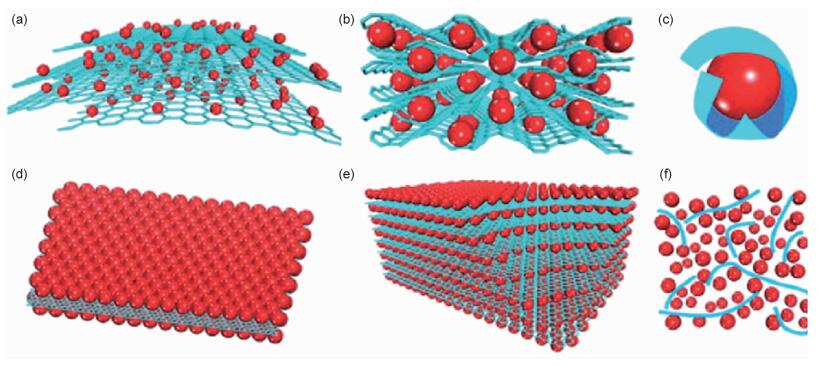 PDF(5426 KB)
PDF(5426 KB)


碳纳米材料构建高性能锂离子和锂硫电池研究进展
吴怡芳, 崇少坤, 柳永宁, 郭生武, 白利锋, 张翠萍, 李成山
材料工程 ›› 2020, Vol. 48 ›› Issue (4) : 25-35.
 PDF(5426 KB)
PDF(5426 KB)
 PDF(5426 KB)
PDF(5426 KB)
碳纳米材料构建高性能锂离子和锂硫电池研究进展
 ({{custom_author.role_cn}}), {{javascript:window.custom_author_cn_index++;}}
({{custom_author.role_cn}}), {{javascript:window.custom_author_cn_index++;}}Research progress on carbon nano-materials to construct Li-ion and Li-S batteries of high performance
 ({{custom_author.role_en}}), {{javascript:window.custom_author_en_index++;}}
({{custom_author.role_en}}), {{javascript:window.custom_author_en_index++;}}
| {{custom_ref.label}} |
{{custom_citation.content}}
{{custom_citation.annotation}}
|
/
| 〈 |
|
〉 |